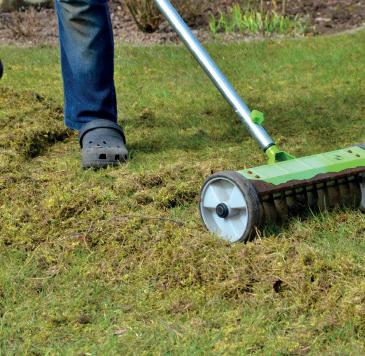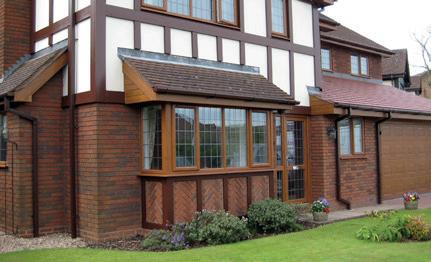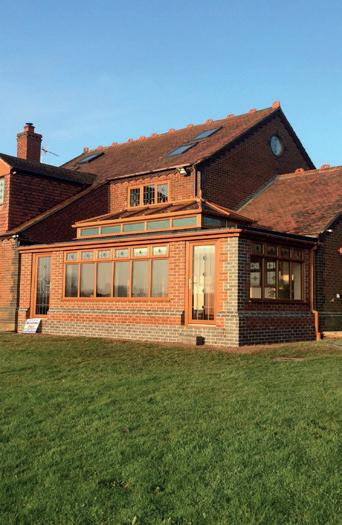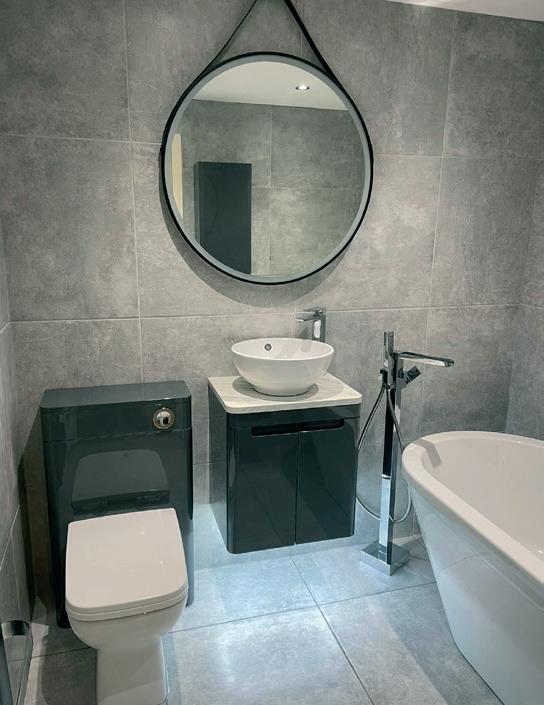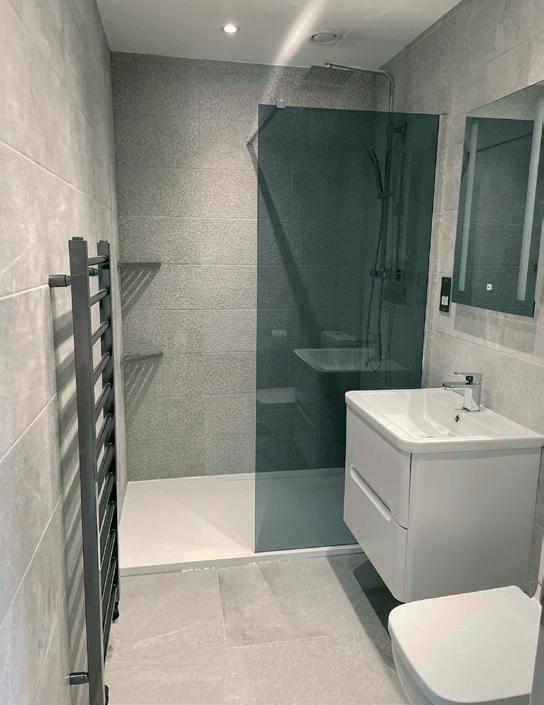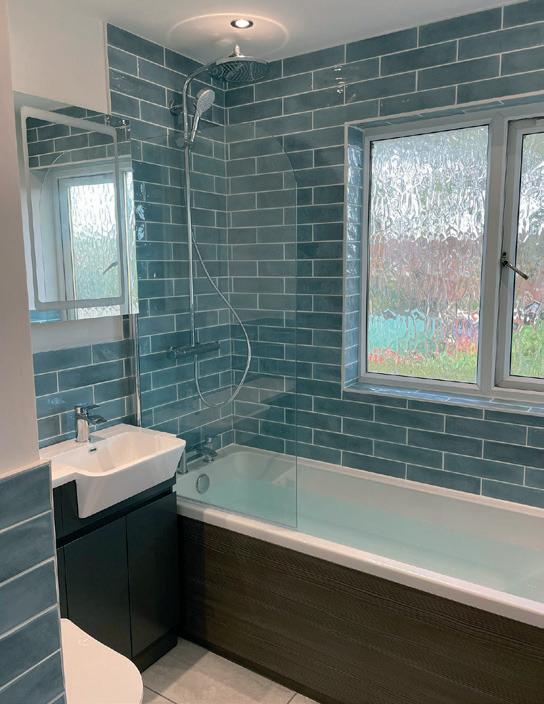
1 minute read
March Gardening Tasks
By mid-March, we’re ready to welcome the start of spring — a hopeful, happy time for us gardeners. With such extreme variations in the UK weather, you need to be guided by the actual soil conditions, the condition of the ground and not by which month it happens to be. Some years we get mild enough weather, other years it can be quite poor. You need to make the best judgement based on the actual precise weather conditions at the time.
Fertilise Your Garden
Advertisement
Fertilise your beds. Once your soil is workable, dig a 5cm (or more) layer of compost or well-rotted manure into your beds to prepare for the growing season ahead. You can also work in a general-purpose fertiliser, such as pelleted chicken manure, or fish, blood and bone. The roots of plants draw in these nutrients, and if they are present in the soil, in the right amounts then you will grow healthy and high quality plants. Getting your soil ready in March is therefore a very important task to consider.
Planting Bulbs
This month of March and early April is the best time to plant bulbs such as the lily, hyacinth and tulips. Plant these about 8” down and water them well for the best results. If you have young and sturdy plants, now is a good time to start planting those out. These include daisies, sweet williams, delphiniums and lupins. In case of frost, have the greenhouse ready to receive them.
Lawn Care
Recut any lawn edges if necessary.
Mow your lawn if it needs it. Choose a dry day and set your blades higher than usual.
Lay new turf if the ground isn’t frozen or waterlogged. Prepare soil for growing new lawn from seed. Doing this now allows it time to settle before sowing.
Treat moss with a Ferrous Sulphate based product.
Aerating your lawn will enable air, water and nutrients penetrate the soil where they can be consumed by the grass’ roots. If the soil is hard and compacted, aerate by hollow-tining. This will remove lots of cores of turf. This creates space for the soil to relax into and ‘de-compact’.
For lawns that aren’t compacted, spike 2-3 inches deep with a garden fork, rolling aerator or spiking sandals.
